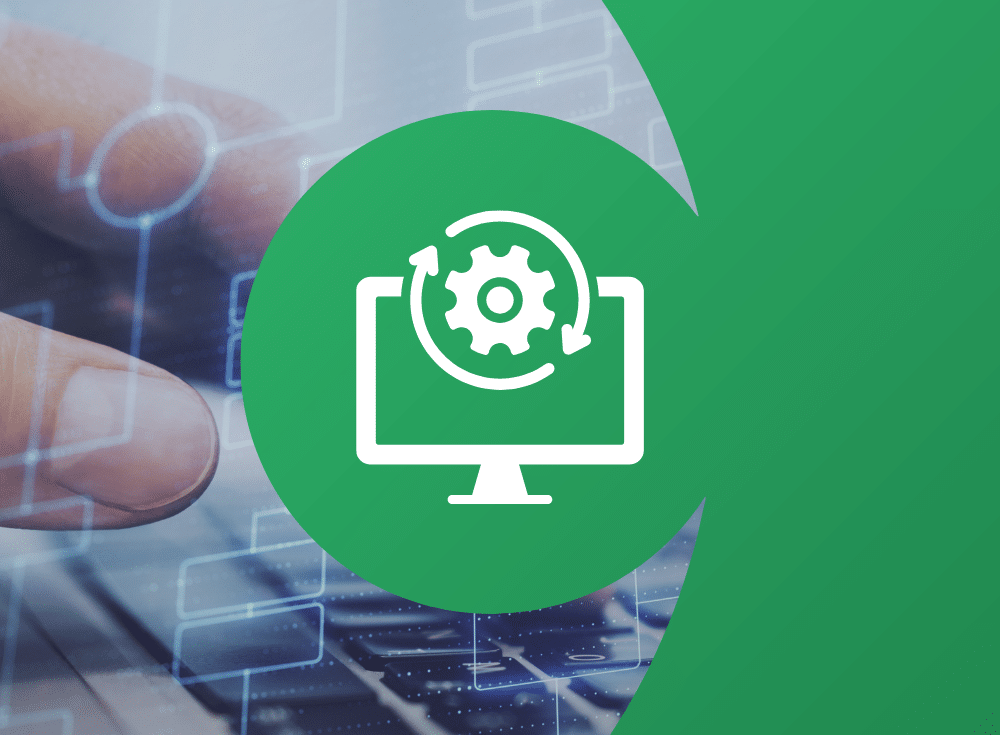The best path to improve uptime and performance across on-premises, cloud, and hybrid computing environments is finally becoming clearer.
Even as adoption of observability practices and tools across all categories accelerate, observability platforms are squeezing out increasingly redundant standalone monitoring and traditional application performance monitoring (APM) products according to a recent analysis of the APM and infrastructure monitoring market, in “Observability platform products and services could disrupt adjacent sectors” by 451 Research, part of S&P Global Market Intelligence.
451 Research estimates the overall APM and infrastructure market racked up $17 billion in revenue in 2022, and expects it to grow at a compound annual growth rate (CAGR) of 11% to reach $28 billion in 2027. The firm’s analysis covers 118 vendors with 362 monitoring and observability tools across 11 market segments.
This new report is bolstered by another 451 Research survey: “Voice of the Enterprise: Cloud Native, Observability 2022,” in which 54% of respondents said they were either already using APM and infrastructure monitoring tools or they were testing them out in proof-of-concept (POC) trials. An additional 23% of respondents said they planned to deploy APM and infrastructure monitoring tools within the next two years.
Two of 451 Research’s conclusions stress the growing importance of observability platforms among all the APM and infrastructure monitoring sectors analyzed:
- The decision to add it as a category: Prior to these reports, 451 Research did not recognize observability platforms as separate offerings.
- Growth: Observability platforms have a projected CAGR (22%) of all APM and infrastructure monitoring categories between 2022 and 2027.
This can be good news for enterprises struggling to decide how best to achieve observability as well as what technologies to invest in (because the cost can be high). By moving to an observability platform rather than installing traditional APM and infrastructure monitoring solutions, businesses have straighter — and more cost effective — paths to increase the reliability and performance of their cloud native environments.
How observability platforms fit into the overall market?
Because there are a number of terms used in the 451 Research market study, it’s helpful to lay them out.
Observability is the practice of gaining actionable insights into the state of infrastructure and applications, and to improve system availability and performance. As finding and fixing incidents in environments with growing data stores becomes more difficult and costly, a cloud native observability platform is an important differentiator to help enterprises lean into cloud native architecture adoption.
The APM and infrastructure monitoring market includes many categories of tools that only partially contribute to observability. For example, products in categories such as log management, alerting, and performance and reliability testing tools help with observability, but can’t do the entire job themselves. 451 Research found that, until recently, a majority of companies surveyed invest in multiple APM and infrastructure monitoring tools in their attempts to achieve true observability.
Concurrently, legacy vendors are rebranding basic infrastructure monitoring offerings such as traditional APM solutions as observability tools, which adds considerably to the confusion.
Observability platforms, on the other hand, provide top-to-bottom contextual visibility into and analysis of applications and infrastructure. In other words, they combine the functionality of multiple APM and infrastructure monitoring categories into one solution that delivers true end-to-end observability. The growth of this sector is largely driven by the shift of businesses to cloud native architectures, which exposes visibility gaps into performance when using point or legacy APM tools.
How are the APM and infrastructure sectors changing?
According to 451 Research, as adoption of observability platforms increases, sales of other APM and infrastructure monitoring segments will naturally decline, particularly hard hit will be alerting, event correlation, and tools with traditional APM functionality. Observability platforms routinely offer as part of normal operations.
Here’s a rundown of a selection of APM and infrastructure monitoring tool categories, and explanations of which ones will be most affected — and why — as the popularity of observability platforms continues to grow.
Event and alert management
Event management is the process of collecting, analyzing, and interpreting events to understand how they affect a system. Event data is typically very high volume and speed and can contain a lot of noise, so event management tools help DevOps teams focus on the events that matter most.
Alert management, on the other hand, is defining, routing, and managing notifications that are generated based on predetermined criteria. Alerts help teams quickly identify and react to issues, minimizing downtime and improving performance.
Both event and alert management capabilities are rapidly being integrated into observability platforms. As such, this category is under threat. Although event and alert management platforms remain of interest today, they can — and likely will, says 451 Research — be soon replaced by observability platforms.
APM platforms
451 Research assesses that vendors of existing APM platforms that don’t begin to offer comprehensive observability functionality “could be negatively impacted” by the rise in popularity of observability platforms.
The reason: More advanced observability offerings tend to offer a superset of traditional APM capabilities that include end-to-end views of application topology and infrastructure, AI and ML-powered analyses, and other advantages. Although APM still has a place as an entry-level technology for businesses that haven’t yet embraced cloud native, 451 Research expects this category to significantly diminish over time.
Log management
Sales of standalone products that fall into the log management category will not only remain strong but are likely to grow. That’s because organizations will still have to collect, process, and store log data — for regulatory compliance as well as observability reasons.
According to 451 Research, log management vendors are adding observability features to their offerings while continuing to function as data sources for observability platforms. Alternatively, 451 Research believes that observability platforms themselves could soon incorporate log management into their features.
Metrics management
Metrics are essential for helping organizations understand how well their infrastructures or applications are functioning, and are foundational to achieving observability in complex IT systems. It is generally not recommended to use standalone tools to manage metrics but rather to deploy a comprehensive observability platform because it will typically include everything from collecting metrics, to storing them, visualizing them, and alerting based on them, as well as log management and distributed tracing, as part of one integrated solution.
With metrics management as part of an observability platform, teams can be better positioned to know about, triage, and understand the root causes of problems before customers notice disruption.
Traces management
Traces provide insight and context into how data flows through a system. In effect, traces “tell the story” of what happened to a particular transaction by providing an end-to-end view of it, from the moment a request enters the system until it exits, including all the microservices or components that it interacted with along the way.
This kind of transparency can be invaluable when attempting to diagnose issues that aren’t apparent by looking at individual services. Developers can achieve trace management by using either a standalone product or through an integrated observability platform. The choice depends on the specific needs of an organization, and the complexity of its systems.
In a comprehensive observability platform, traces can be correlated with both metrics and logs for a specific operation. When an error occurs, traces can help quickly identify the root cause by showing the exact path and context in which the error occurred. This is particularly useful in cloud native microservices architectures, where a problem in one service can affect many others. The ability that an observability platform gives teams to correlate data across different forms of observability is critical for effectively debugging issues and optimizing performance.
With the ability to bring all of these telemetry types together, more organizations are realizing the increased benefits that observability platforms can provide. This is leading to an uptick in adoption across the board and a change in the APM tooling market – with the next few years poised for some major market shifts.




